STORYTELLING has always been at the heart of everything Gitika Buttoo has done. Having grown up on a healthy diet of film and TV from diverse genres, the cool creative has been directing theatre plays across the UK for the past decade.
She recently made her screen directing debut with the short film Before I Do, which unlocked a whole new level of excitement and ambition to create more for the screen.
The short film, screening at this year’s BFI Flare LGBTQIA+ Film Festival, taking place from Wednesday (19) – next Sunday (30), adds to an impressive body of work for Buttoo as a director across diverse mediums.
Eastern Eye caught up with the great British talent to find out more.
What inspired your short film Before I Do?
Both Afshan and I were inspired by our shared experiences as queer south Asian women. I met Afshan D’Souza Lodhi eight years ago when she wrote the first piece of theatre I ever directed. From the start, we bonded over our journeys, both as creatives and as queer brown women. Over the years, we had countless conversations about the lack of south Asian women at the centre of British stories, especially those that explore sexuality and freedom in the way white queer characters often can. That became the foundation for our film.
Tell us about the film.
On the morning of her wedding, Mona is haunted by her untamed desires and forced to confront the tension between tradition and her personal identity. As the ceremony approaches, she navigates overbearing family expectations, memories of past experiences, and provocative dating app notifications that challenge her to question what commitment truly means.
How much are you looking forward to being part of the BFI Flare LGBTQIA+ Film Festival?
It’s such an incredible honour to have our film selected for BFI Flare. This festival is a celebration of exceptional filmmaking, and to have our work showcased on this platform means the world. I’m beyond excited to share the film with audiences and be part of this brilliant lineup of LGBTQ+ stories.
Who are you hoping connects with this story?
Honestly, I hope it resonates with everyone. But more than anything, I hope British Asian audiences, especially queer people and their families, see themselves in it. Afshan and I were very intentional about the portrayal of Mona’s mother, played so beautifully by Ayesha Dharker. We wanted to explore the complexities of upholding cultural traditions while also showing deep, unconditional love for your child.
Is there a key message you want to convey?
We are constantly evolving, and representation matters. Seeing brown women on screen taking up space gave me the confidence to imagine that for myself, and I hope this film does the same for others. Queer south Asian women deserve stories that feel authentic and expansive – ones that push our narratives forward rather than limit us. I also hope the film sparks conversations between families, across generations, and helps create a world where people feel safe enough to live unapologetically as themselves.
Who is your filmmaking hero?
Gurinder Chadha, without a doubt. Her films shaped so much of my perspective and had a huge influence on me, as they did for many south Asian women of my generation. She tells stories beautifully and paved the way for south Asian representation in film. If I can achieve even half of what she has, I’ll be happy. What are your future plans? More film. I’m currently developing my next project. Stay tuned on my socials for updates. Alongside that, I’m directing more theatre this year, with Through It All Together at Leeds Playhouse in the spring and Period Party by Gayathiri Kamalakanthan at Soho Theatre this summer.
BFI Flare LGBTQIA+ Film Festival, taking place from Wednesday (19) to next Sunday (30). whatson.bfi. org.uk/flare.
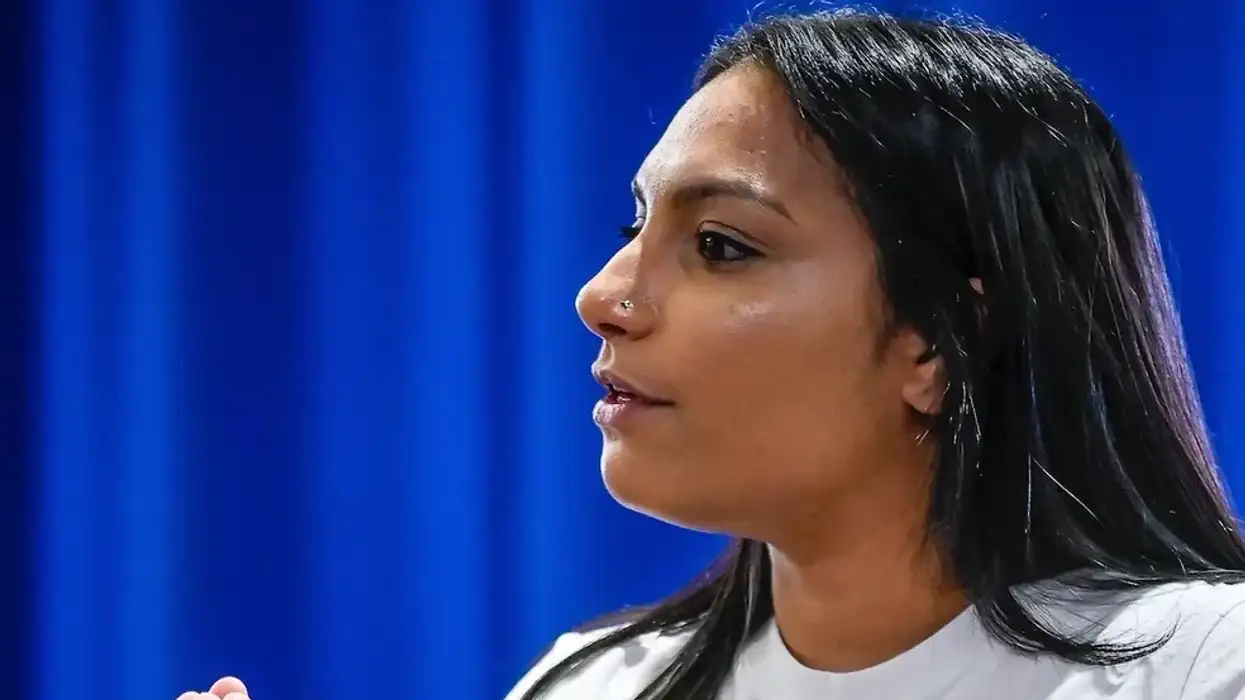

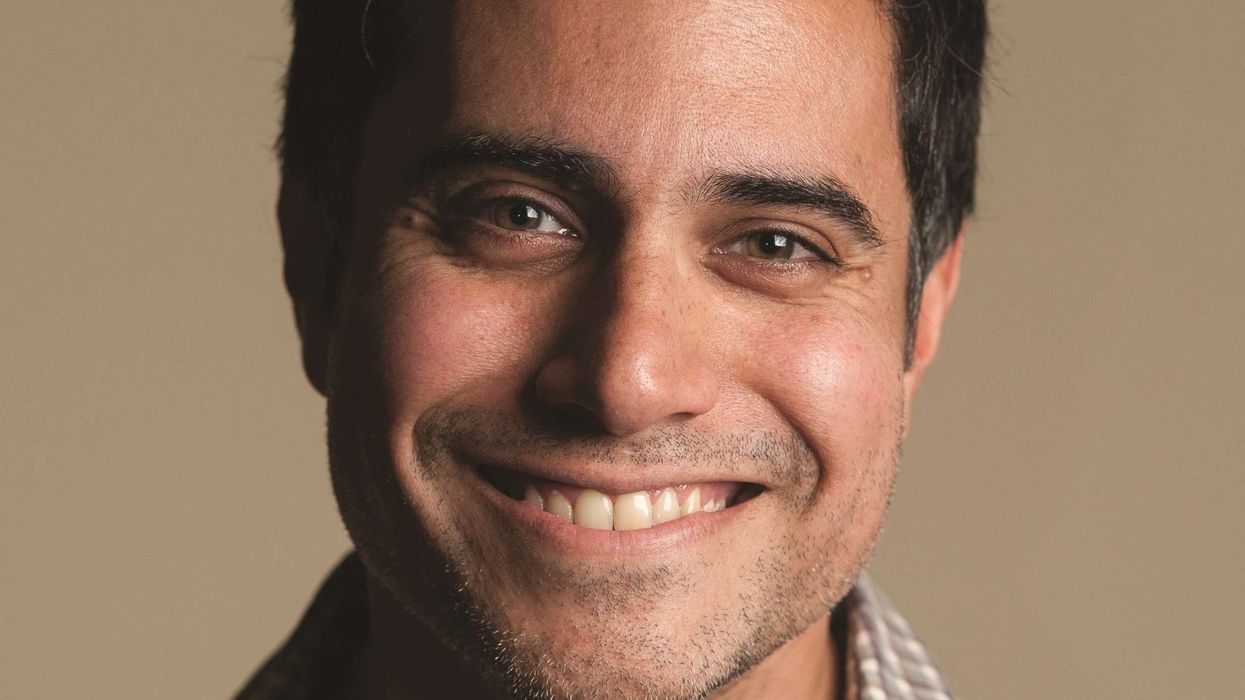
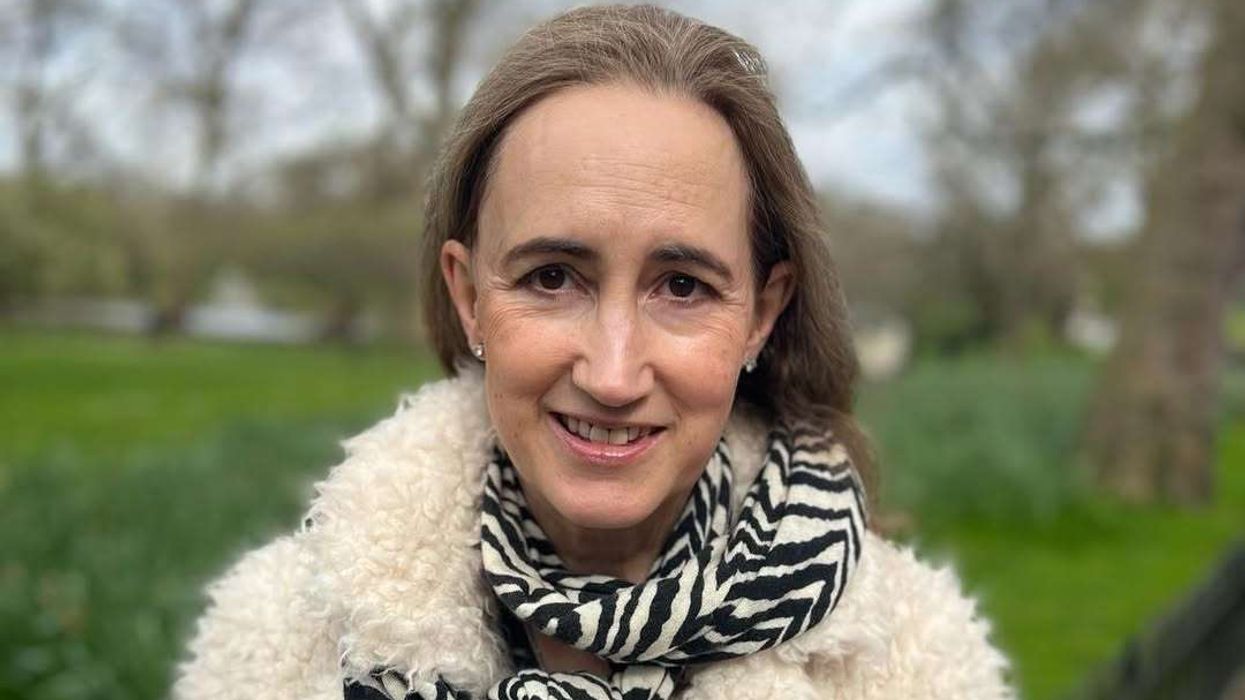
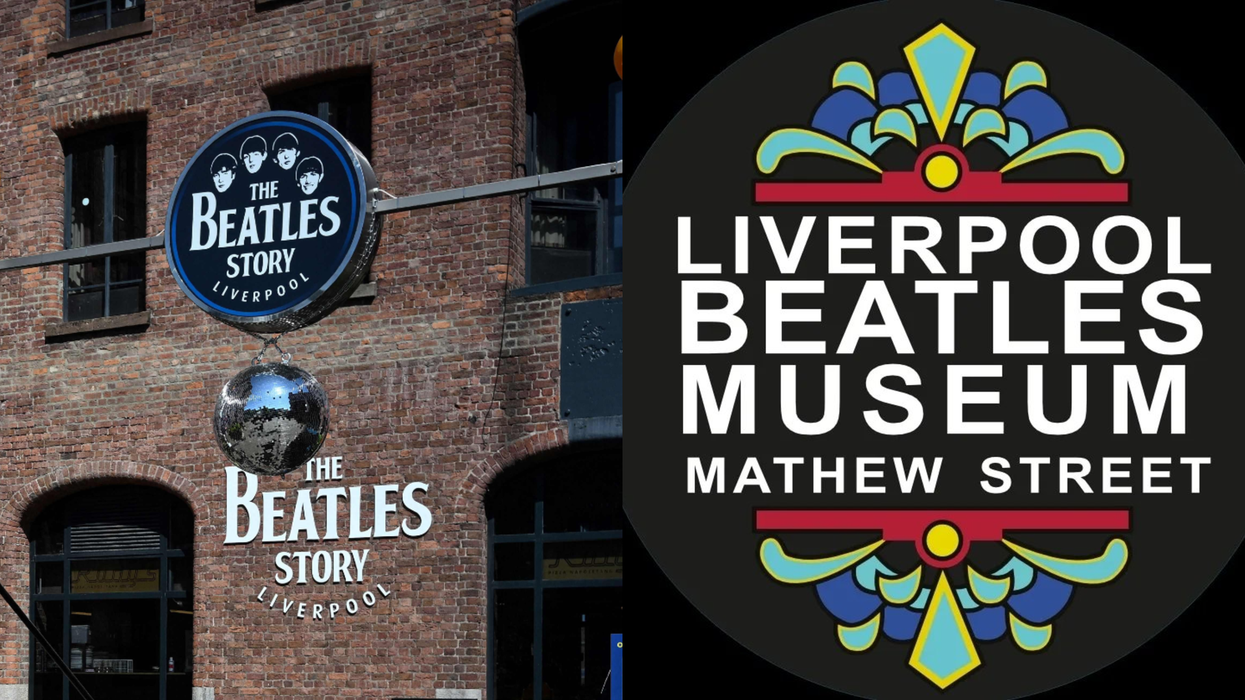
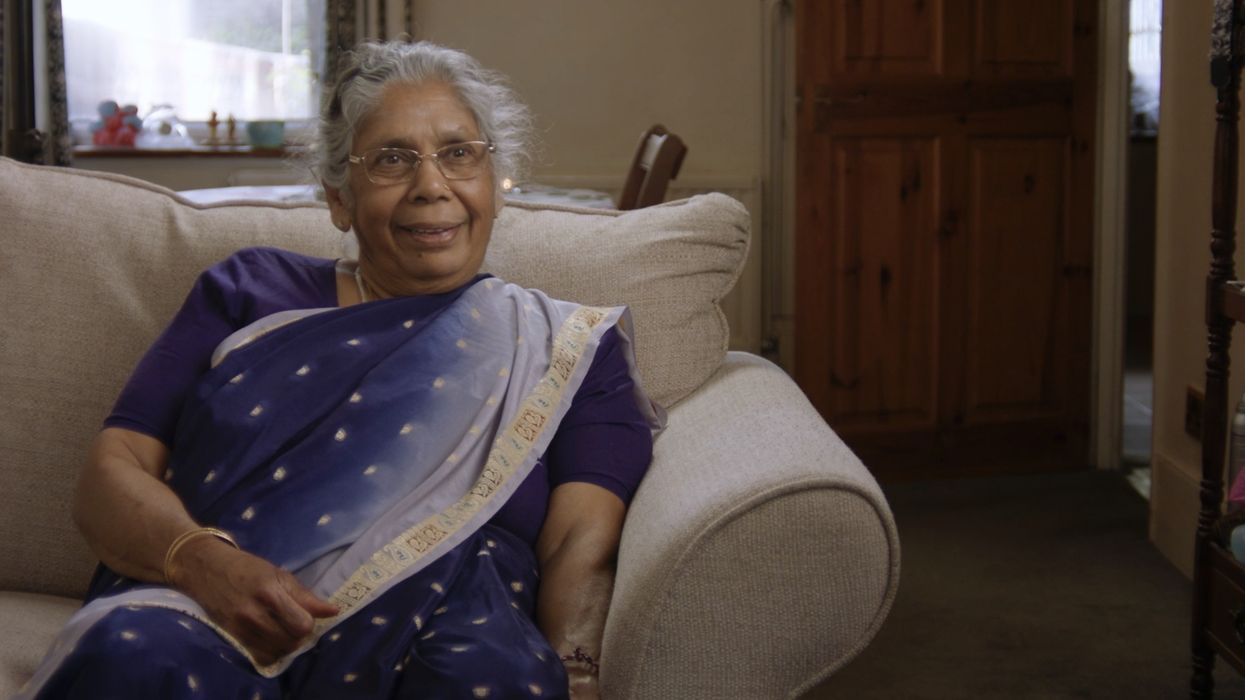
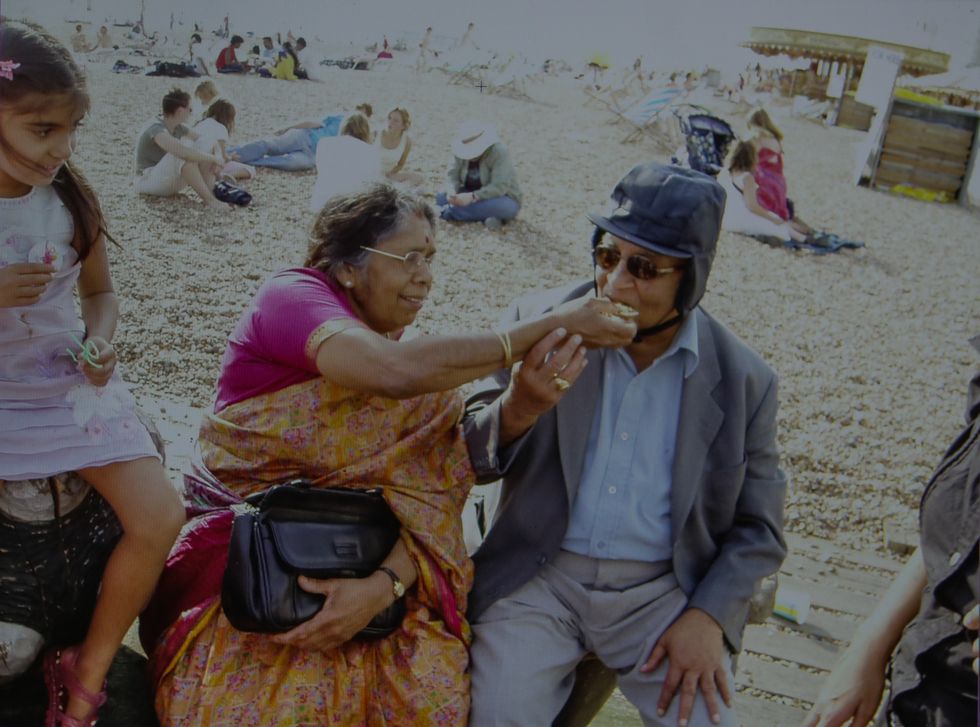 With her husband RS Amirthananthar
With her husband RS Amirthananthar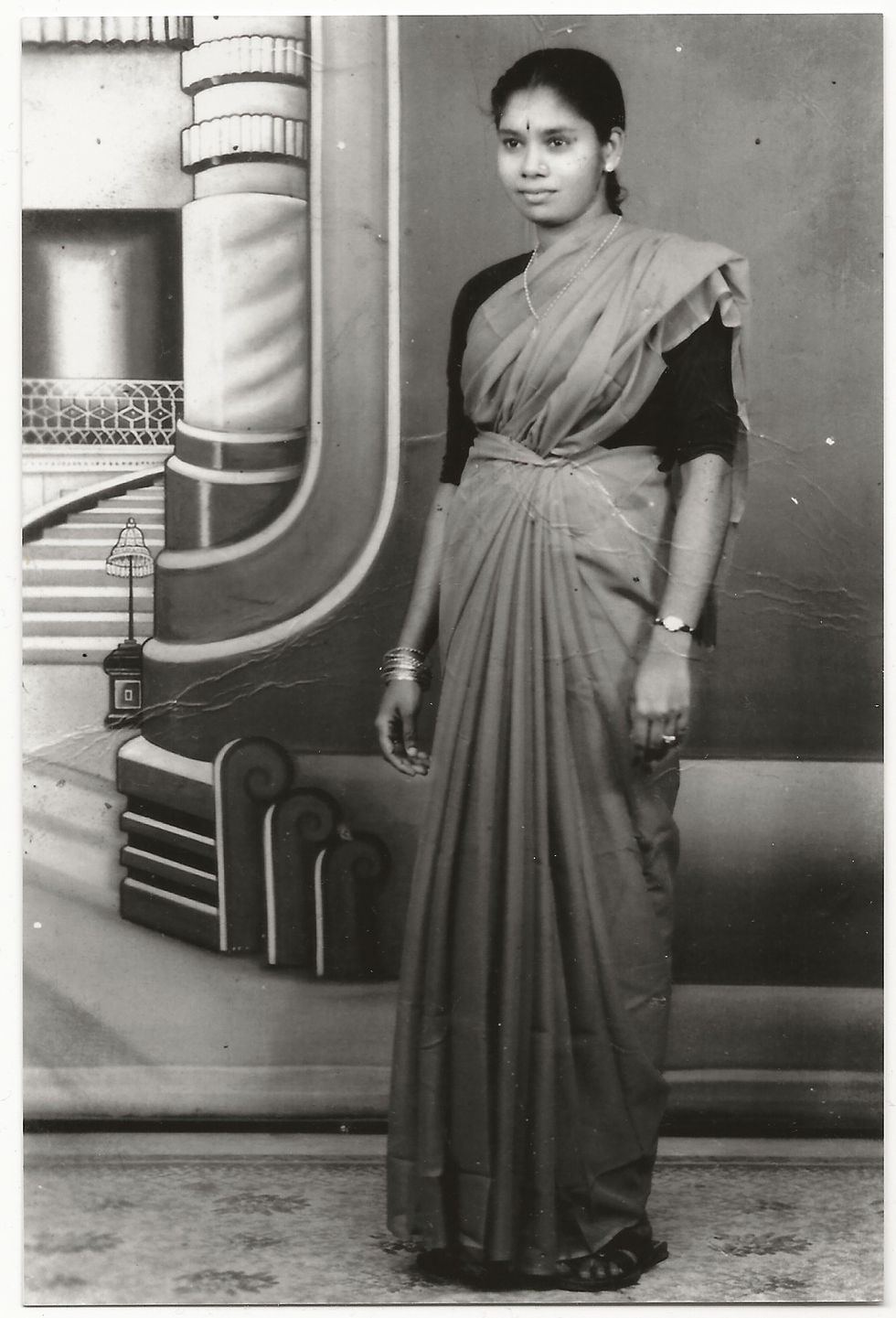 An old portrait
An old portrait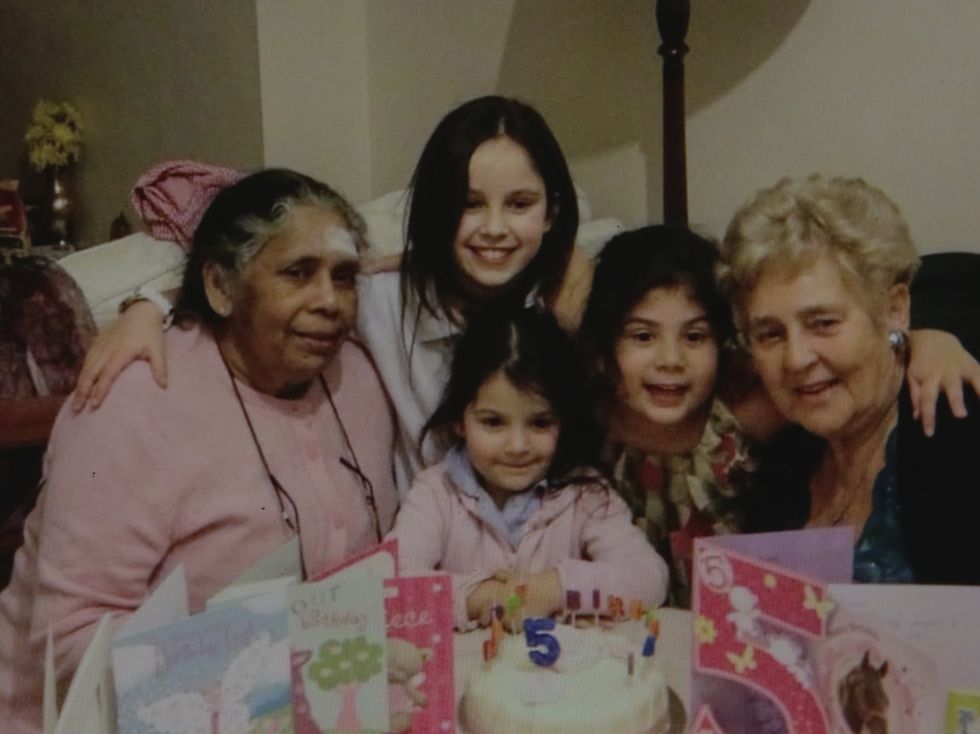 With her family
With her family





